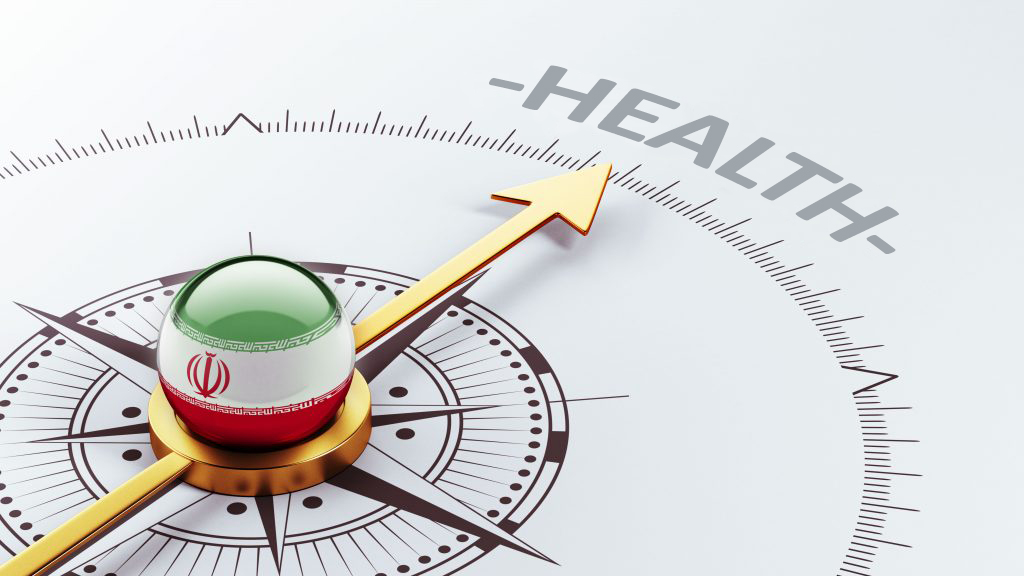According to the Health Tourism Strategic Council, 105 hospitals in Iran have been licensed to launch an International Patient Department and extend services to foreign tourists.
Mohammad Panahi, secretary of the council, said 17 travel agencies have also been licensed to operate in the field of health tourism, while the applications of 22 more agencies are under consideration.
A list of these companies is available on the portals of Iran's Cultural Heritage, Handicrafts and Tourism Organization and Health Ministry.
"Less than two years ago, there were no specialized health tourism services, but they are officially offered today," he was quoted as saying by Mehr News Agency.
The Health Tourism Strategic Council was formed in early 2015 comprising reps from the foreign and health ministries, ICHHTO and the Islamic Republic of Iran Medical Council.
The council's primary task is to review and approve regulations that directly affect hospitals catering to foreign tourists and travel agencies that bring health tourists to Iran.
It is also the authority to issue the IPD certificate, which is expected to help prevent the operation of middlemen in this sector by formally organizing the services and exerting more supervision. The hospitals are required to register patients who have entered Iran for receiving medical treatment in the Health Ministry's database.
This will provide authorities with detailed information about the type of treatment each person receives, among a host of other useful data, which allows officials to devise effective plans to upgrade facilities and equipment.
According to Panahi, most tourists travel to Iran for nose jobs, hair transplantation and hard-to-treat diseases. Iraqi and Azerbaijani patients make up the majority of Iran's inbound health tourists.
"There is no official data on this matter, but it is estimated that 20% of the million religious tourists from Iraq use Iran's medical services," he said.
The official added that there are currently no plans to promote the sector since Iran is already struggling to meet demand.
"What we need to do today is to develop the infrastructure," he said.
To boost the medical tourism sector, Iran has also devised half-priced type T visa—or health visa—whose duration depends on the treatment period diagnosed by the admitting hospitals. However, the issuance of this visa is apparently unknown to many countries.
"Those who travel with their families on holiday or pilgrimage and intend to use medical facilities at the same time often do not know that they can obtain a heath visa," Panahi said.
The official referred to health and religious tourism as Iran's main potentials that must be given particular attention.
"There are 200 million Shia Muslims in the world as well as the people of 25 Asian countries with cultural, lingual and religious similarities who are keen to visit Iran," he said.
According to Panahi, medical tourism potential is due to the affordability of high quality health services in Iran.
The country's revenue from health tourism was between $1 billion and $1.2 billion in the last Iranian year (ended March 19).


